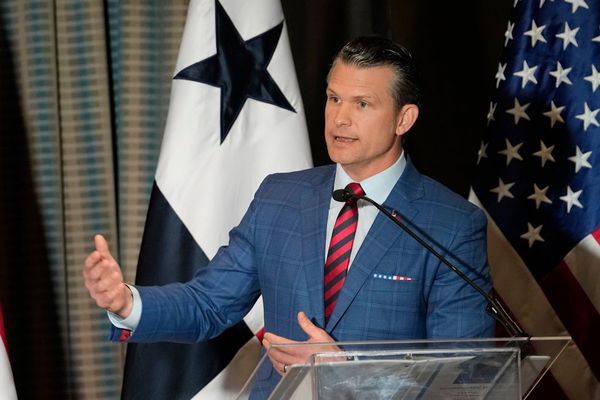While COVID-19 has had negative impacts on some people's personal, professional and social life; for the youth in crisis, the impacts have been slightly different.
Olive Mereyato is the service manager of the Kalgoorlie-Boulder Youth Crisis Accommodation Service located in the Goldfields region of Western Australia.
She said the service had noticed a positive change in their young people over the past two years thanks to a COVID-19 policy set in place by the Salvation Army.
"We've seen improvement in their personal hygiene, willingness to participate, goal setting, and work towards achieving independence," Ms Mereyato said.
Following mandatory COVID-19 policies implemented in early 2020 to mitigate risks, accommodation services were required to reduce capacity to one person per room, rather than having two share a room. In the case of the Kalgoorlie-Boulder service, it reduced capacity by half.
Despite low numbers of COVID cases in Western Australia, the youth services in the state were required to follow distancing protocols adopted in the eastern states in case of an outbreak.
"There's a reduction in conflict, as you can imagine young people sharing rooms where they don't know each other, that can be traumatic even coming into a crisis accommodation space and having to move in with someone else."
Importance of having your own space
Amy Astill, a City of Kalgoorlie-Boulder councillor said having your own space played a vital role in youth growth and mental wellbeing.
At 20 years of age, Ms Astill works to represent young voices through her work on the region's youth council.
She said her own experience of becoming independent gave her that realisation.
"That independence, I finally felt like I had a home again," she said.
"It was a really comforting space where I was able to grow and develop and learn who I was without feeling like there was that breach of privacy."
She says while her experience cannot in any way be compared to what many homeless young people go through, she believes that housing young people together in one room is not a solution to the housing crisis the region is facing.
"Short-term accommodation is really the answer," Ms Astill said.
Youth locked out of the housing market
Ms Mereyato said there were gaps in the housing system, especially for youth from crisis backgrounds.
"The knockback that you can get through applying and being rejected or having to sit on a waiting list for over a year can be detrimental in their progress," Ms Mereyato said.
"Some of our young people could quite affectively manage a private rental. They have secure income, great work ethic, but they can be discriminated [against] because of their age."
Investment in social housing was a key focus of the state government's budget announced late last year, with an aim of delivering 3,300 new homes across the state over the next four years.
WA Housing Minister John Carey, who holds the newly formed portfolio of homelessness, said there were 11 properties planned for delivery for the Goldfields, with an additional $522 million put aside for delivery of new social housing from 2023 across the state.
'We are turning away young people every day'
Figures from the Australian Bureau of Statistics indicate there was 4,905 youth between the ages of 15–24 living in the Goldfields in 2016, with 86 youth recorded to have been experiencing homelessness the same year.
Ms Mereyato said the recorded number of homeless youth did not represent the reality of what they were experiencing on the ground.
"We see an increasing number of enquiries through the service for young people," she said.
Mr Carey said his focus was to improve the quality of service for the homeless.
"My focus … is to identify ways we can reform and improve the way our significant investments and services are delivered to provide better outcomes for vulnerable people in our community," he said.
Flow-on effect of 'the gap'
Ms Mereyato said the absence of transitional spaces for youth ready to move on from crisis support impacted on the success of the service.
"[Transitional units] would enable the young person to maintain their independence for a little while before sort of being thrown back into world without support," she said.
Ms Mereyato said the service had been going out of its way to help their young people become independent, learn to cook, clean, plus more to increase their living skills.
She said the service hoped to have further discussions with the Department of Communities to provide transitional units to help them increase capacity to service more youth in crisis.







